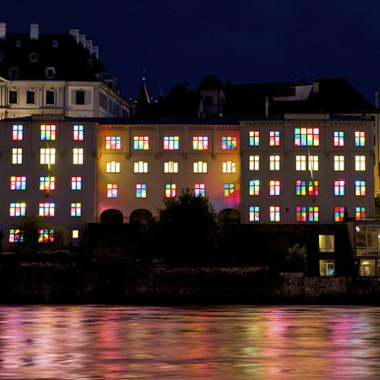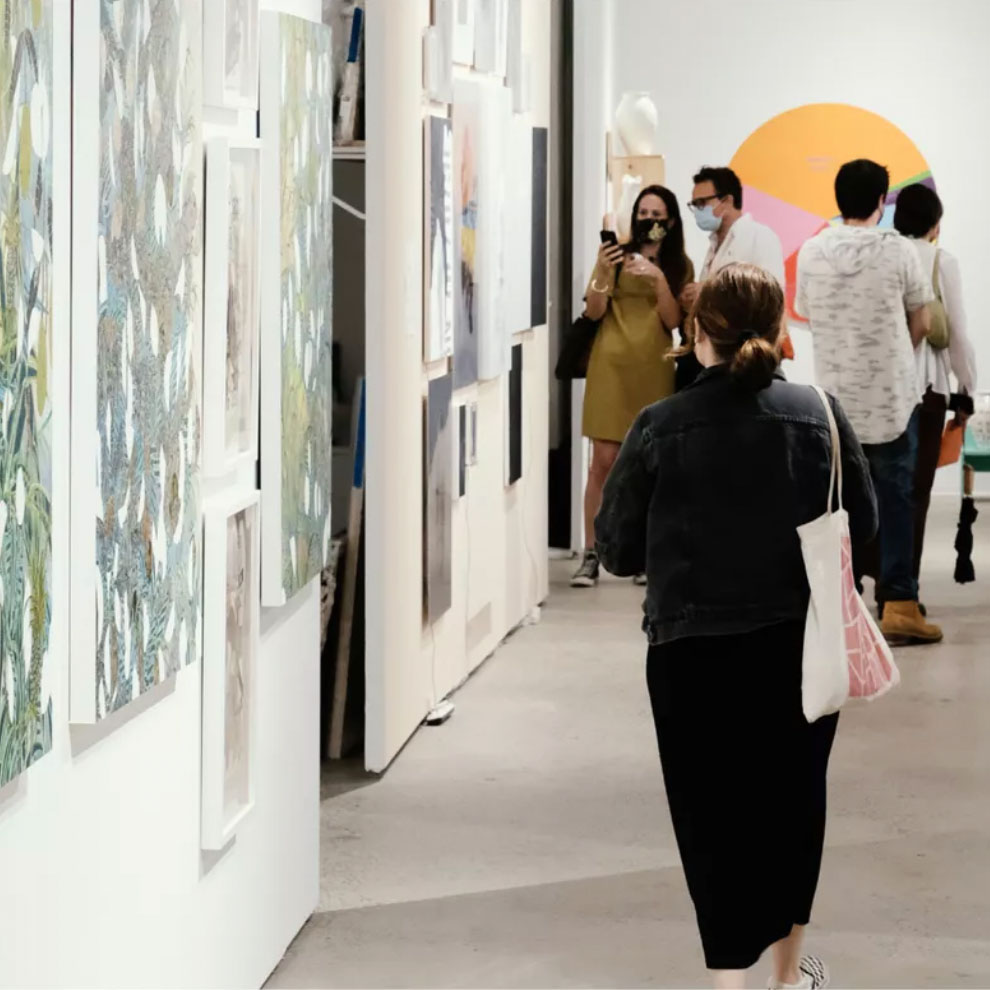Interview: Ruben Nusz
Examining color, dimension and the bigger picture with the Minneapolis-based artist’s new show

by Mason Riddle
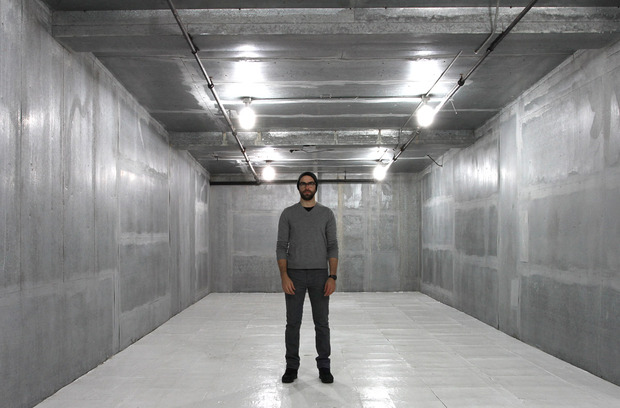
“Severed Hues”currently on view at Minneappolis’ Weinstein Galleryhas prompted a lot of people to reconsider color, abstraction and illusionistic space. To create his modestly scaled paintings, Ruben Nusz brandishes a brush loaded with saturated huesvivid and mutedto explore his idiosyncratic ideas of color theory. (In case the tromp loeil effects have, indeed, fooled your eyes; the mats and frames are pure paint.)
Minneapolis-based Nuszwho was born and raised in South Dakotasays, Growing up in Sioux Falls was so boring; as a kid I had to be creative. In addition to drawing, Nusz created sketch comedy videos acting out all of the personalities himself and later, University of Minnesota lured him to the Twin Cities where he graduated with a BFA in painting. After running a small gallery, Nusz co-founded Location Books with fellow artist Scott Nedrelow. As an artist-run, independent publisher, Location Books gives contemporary artists a vehicle to create new projects in book form free of editorialization; a process that emphasizes a direct line of conversation between the visual artist and the viewer. Recently, Nusz met with CH to discuss his “Severed Hues” series, process and ideas about color theory.
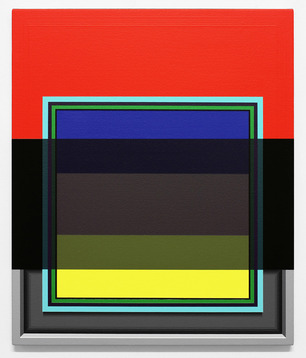
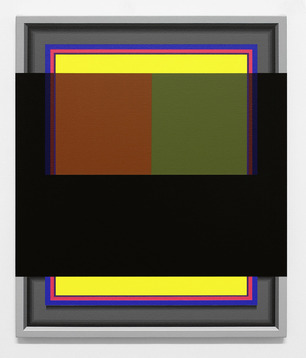
The “Severed Hues” series of vividly colored paintings and drawings is a nontraditional exploration of color theory. Can you explain the complexity behind your ideas?
My theory is not based on the traditional painterly use of pigments and how they interact. Instead, I integrate the idea of the photographic color negative and the concept of the negative as the inverse. This idea of Inverse Theory is something I came up with. It basically uses the photographic color negative as the true compliment of any color. My goal is to create a unified color theory across platforms (ie: across the digital, light and physical manifestations of color). For example, when one mixes the colors blue and yellow using pigments the result is green. In my Inverse Theory, the result is a neutral grey.
What is the origin of the title “Severed Hues”?
Initially I was thinking about the artist Theodore Gericaults 19th century studies of severed limbs. In addition to painting portraits of individuals considered mentally insane at the time, Gericaults study of decapitated heads represents an artistic inquiry that is curious, in-depth but not exactly scientific. I approach color in the same fashion. Yes, science and technology are essential tools to help us examine color, but there is something to be said about the value of direct observation and what we can learn by long looking.
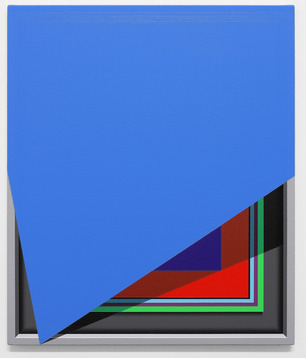
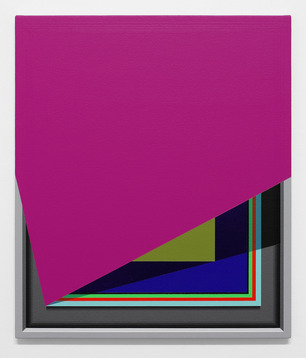
How would you describe your paintings in this series?
The easiest way to describe them is by referencing the 1940s comedy act Abbott and Costello and the idea of the straight man. Bud Abbott was the quintessential example of an individual that acts serious so that the other performer can become ridiculous. So, for these paintings, I paint a trompe loeil frame (the straight man) and then undermine that ostensible reality structurally (the internal image moves outside the frame) and through color (color is constantly shifting). This allows for a potential comparison between objective and subjective realities that occur in the work. Or another outcome is that the pictures are funnynot in a sitcom type of way but more like dj vuor a dream within a dream.
The “Severed Hues” paintings are compositionally abstract but create an illusionistic space with ideas of framing and shadow. How do you reconcile these two historically disparate ways of painting on a two-dimensional surface?
I am interested in exploiting the representational aspects of the work to bring the abstract elements out of an isolated space. While the history of abstraction consists of many painters pointing to the directness of the style (Frank Stellas what you see is what you see for example), by harmonizing the trompe loeil frame with the flat, abstract color planes, my hope is that the color spaces move beyond a direct experience into a simultaneously direct and indirect experience. Illusion and reality blend into one.
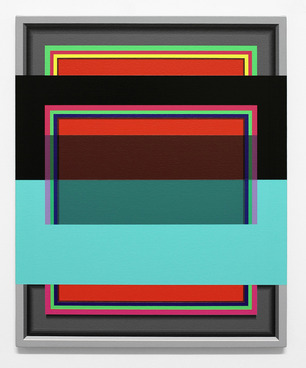

For you, painting is less about ego and more about continuity and research. How does this relate to “Severed Hues?”
Imagine the universe is a giant octopus, only she has an infinite number of arms. Each arm represents a single thing in the universe: You, me, a fly, a stone. The role of the artist, the scientist, the explorer is to direct that tentacle back onto the body of the octopus to feel around (blindly) and try to discern the nature of the universe. My role is one of research. An art exhibition is comparable to a scientist publishing in a peer-reviewed journal. Artists, however are not limited by the tools of the scientific method; we have unlimited freedom to think and test how we see fit, integrating non-scientific concepts like the comedic, the non-sequitur, the emotional, the narrative and the contradictory.
You have said that you, hope to lose yourself in painting and that you view painting as a communal experience rather than an individualistic one. Can you elucidate these ideas?
Paintings strength lies in its continuity, in the potential for each new painting to contain the history of the medium on the surface. When I am painting, I do not envision an individualistic expression the way [Jackson] Pollock would. I am interested in having a dialogue with the artists of the past and the future. Names vanish, ideas have longevity. I am not daft enough to think I am Picasso, but most artists that are disciplined have something to contribute. I just want to throw an ingredient into the communal soup of painting, even if that ingredient is tasteless.
“Severed Hues” is on display at the Weinstein Gallery through 11 January 2014.
Lead image courtesy of Abe Sanchez, all others courtesy of the Weinstein Gallery
